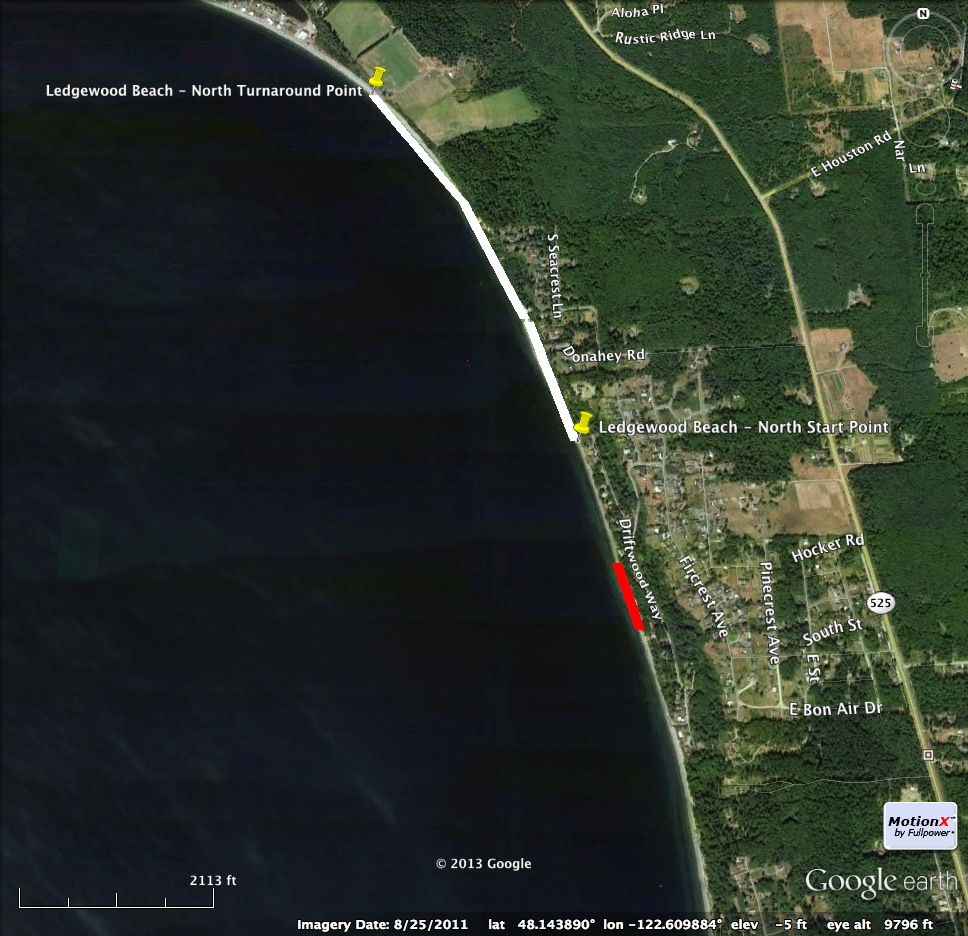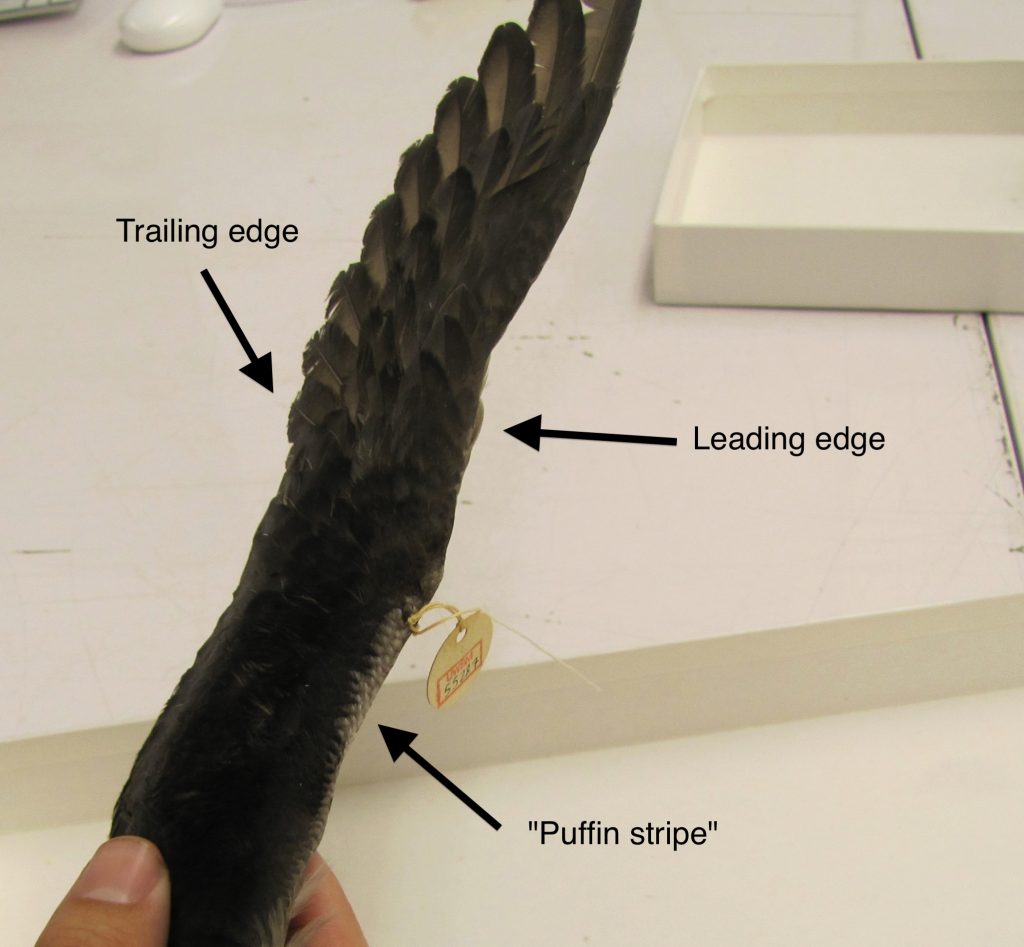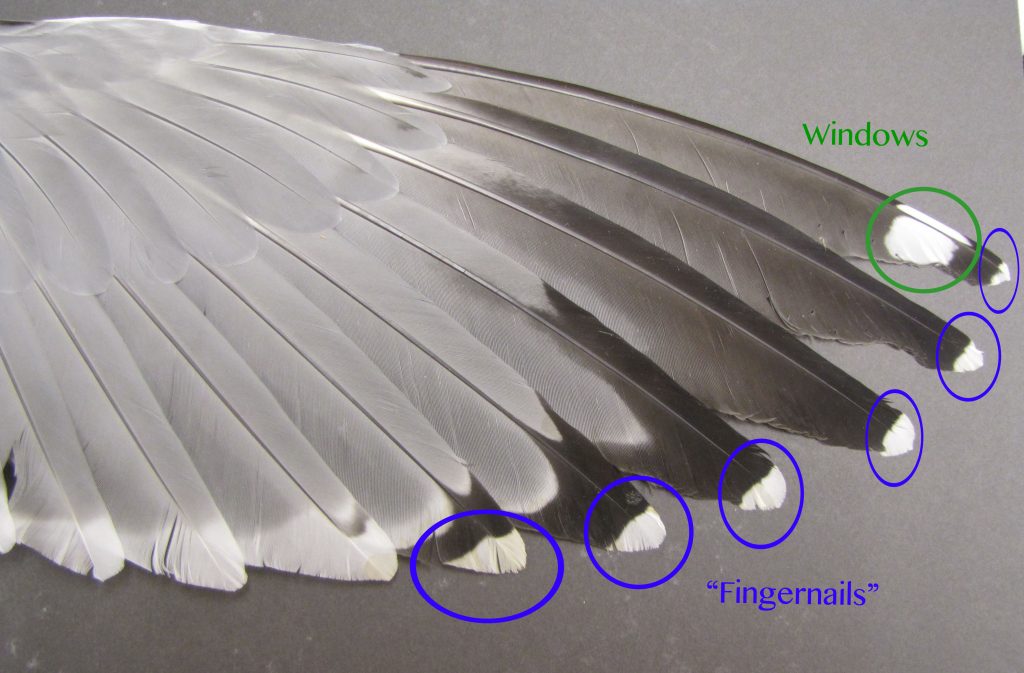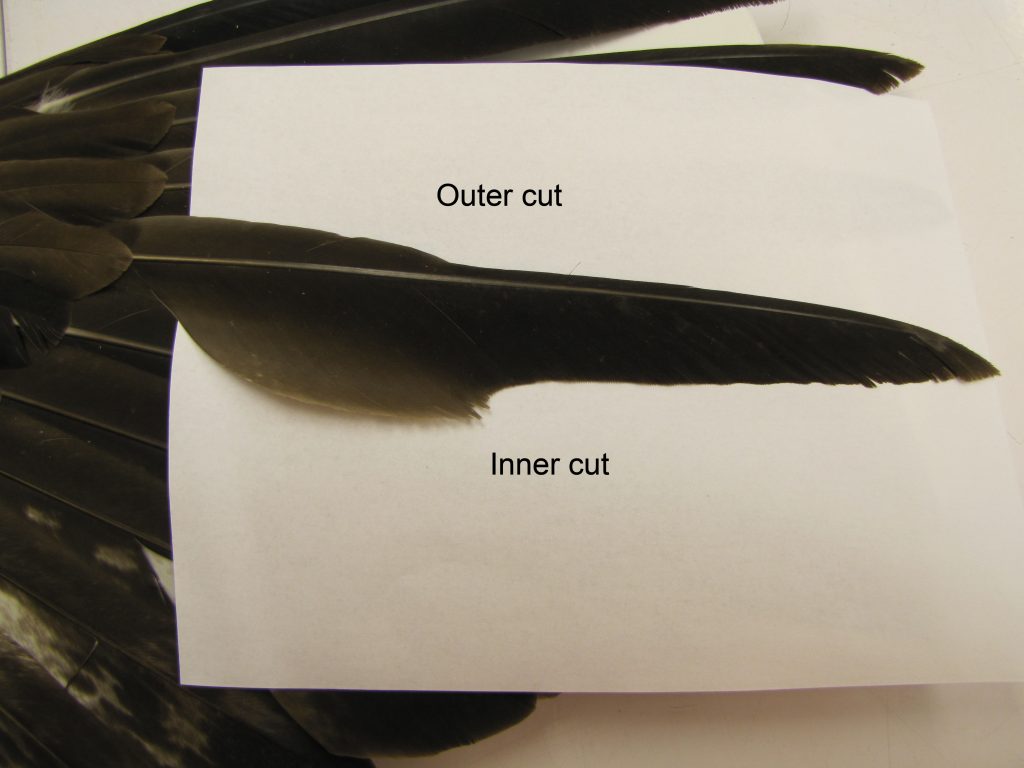A cool exhibit about sea life and the threat of ocean pollution opened on March 23 at the Harbortown Event Center in Bandon, Oregon, located at 324 Second St. SE in Old Town Bandon. The Washed Ashore exhibit is an internationally famous touring exhibit that has appeared at many venues in Oregon and California, including the Oregon Coast Aquarium, The Marine Mammal Center in Sausalito, Calif., The Living Coast Discovery Center in Chula Vista, Calif., and the Newport Visual Arts Center in Oregon.
Washed Ashore, an environmental education project, uses art and community involvement to communicate the dangers of marine debris to ocean life. Founded in 2010, Washed Ashore has collected more than eight tons of marine debris and is a founding member of the Oregon Marine Debris Team. In addition, Washed Ashore works closely with a number of organizations to address Japanese tsunami marine debris.
The Washed Ashore exhibit is comprised of fifteen giant sculptures of marine organisms built from scavenged marine debris, and is the only art show utilizing marine debris in the nation. Local volunteers put together each sculpture, some of which are up to fifteen feet long, in community workshops led by Angela Hasltine Pozzi.
Since local volunteers make this project possible, citizens of Coos County are invited to help put together the next pieces for the exhibit, which include sea horses, penguins, a shark, and an octopus. In addition, Washed Ashore is always accepting donations of marine debris, and they can be dropped off at Art 101 just south of town. For more information, contact Frank Rocco, Washed Ashore development director, 415-847-1239 or FrankRocco@WashedAshore.org.
The full article by Amy Moss Strong featured in the Bandon Western World can be found here







